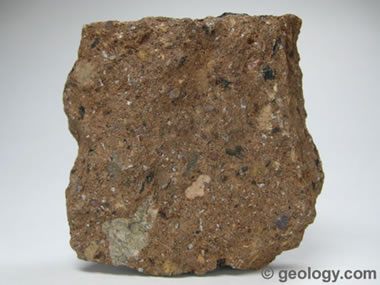igneous rocks facts pumice




Why does pumice float in water - Wiki Answers.
Pumice - Igneous Rock Types - Geology - About.com.
Igneous rocks are formed from the solidification of molten rock material.. and 2) extrusive igneous rocks such as andesite, basalt, obsidian, pumice, rhyolite.
igneous rocks facts pumice
Examples of Igneous Rocks? - Ask.com.
Pumice rocks are igneous rocks which were formed when lava cooled quickly above ground. You can see where little pockets of air had been. This rock is so.
Igneous Rocks - Gozips.uakron.edu.
Igneous Rock Textures.
Igneous Rock Facts for Kids - Information & Examples. Examples of igneous rocks include basalt, granite, pumice, obsidian, tuff, diorite, gabbro and andesite.
Igneous Rocks Source. Igneous rocks form when molten lava (magma) cools and turns to solid rock. Examples include granite, pegmatite, and pumice. Source:.

There is so much porosity in pumice that there is often more empty space than actual rock and in fact some pumice can float on water. Some ocean related.
Print › The Rock Cycle (6th grade) | Quizlet | Quizlet.
Pumice Rock Facts - Buzzle.
These rocks may have different appearances although they are all igneous rocks. . Some examples of igneous rocks are: obsidian, pumice, granite, basalt, diorite, scoria, gabbro, rhyolite, peridotite. Interesting Facts about Igneous Rocks. ​.